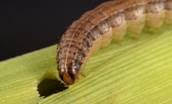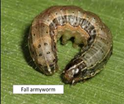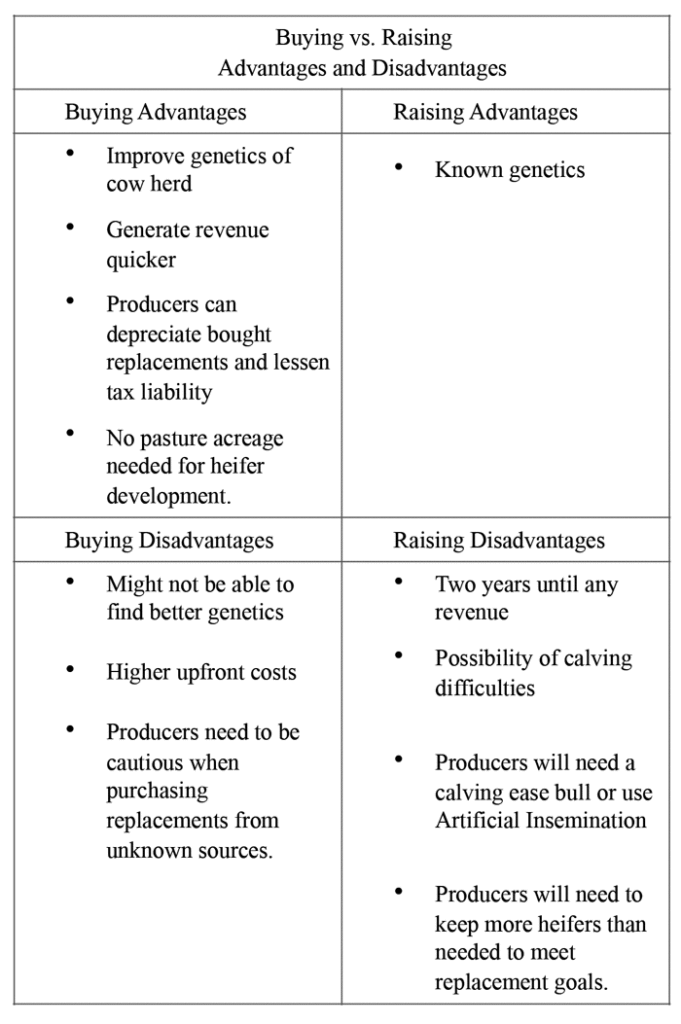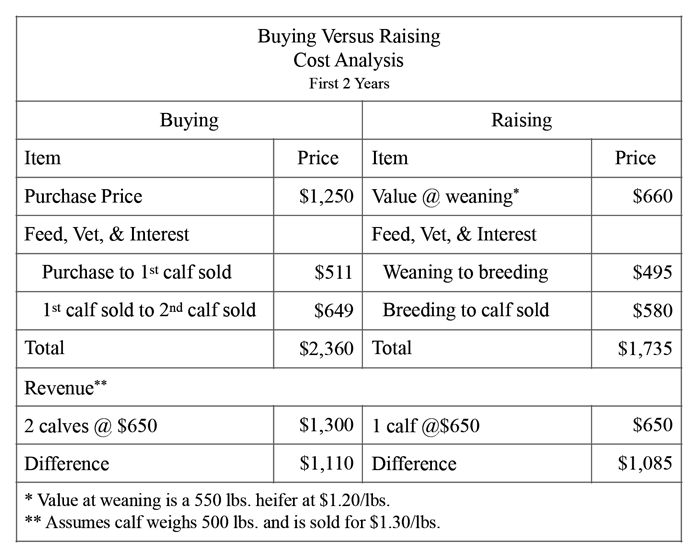I had a producer ask me the other day why some value-added calf programs, specifically the Oklahoma Quality Beef Network, required a 45-day post-weaning preconditioning period. Well, the short answer is that buyers are willing to pay for it, as evidenced by the $12-15/cwt premium that OQBN calves earn over they typical sale day run of calves. The reason, or justification, of that premium is detailed below, in an excerpt from an article by Glen Selk, OSU Emeritus Extension Beef Specialist, in a recent Cow/Calf Corner Newsletter.
“Data from Iowa from over a nine-year period in a couple of their feedout tests compared the health status of calves weaned less than 30 days to calves weaned longer than 30 days. Data from over 2000 calves were summarized. Calves that had been sent to a feedlot at a time less than 30 days had a higher incidence of bovine respiratory disease (28%) compared to calves weaned longer than 30 days (13%). The percentage of calves that required 3 or more treatments also was significantly different (6% versus 1%) in favor of calves that had been weaned more than 30 days. In fact, the calves weaned less than 30 days were not different in health attributes than calves that were weaned on the way to the feedlot.
A summary of this lengthy study can be found on line at http://www.extension.iastate.edu/Pages/ansci/beefreports/asl-1648.pdf. Vac-45 calves apparently have a real advantage in terms of health compared to calves weaned for less than a month or those weaned on the way to the livestock market for sale date. Certainly, part of the “value” in value-added calves can be attributed to properly applied vaccinations. However, there is little doubt that a portion of the improved health is due to the length of time between weaning and the movement of calves to the next owner.
Information about the Oklahoma Quality Beef Network (OQBN) value added calf sales can be found at http://oqbn.okstate.edu .”
In summary, immunologists say that research shows that a 45-day post-weaning preconditioning period ensures the maximum benefit of the weaning vaccination protocol and ensures that the calves are past the incubation period for any pathogen that the calves may have been exposed to before, at, or just after weaning.
Now is a good time to begin planning for next year’s OQBN sales and capturing significant premiums on your calf crop.
Increased Efficiency of the Wheat Pasture-Stocker Enterprise
As of this writing, the National Weather Service is promising predicting a 100% chance of rain, which should have fallen before you read this. So, maybe we can save some wheat fields and stockpile some grazeable forage prior to dormancy. With that thought in mind, there are ways to increase the efficiency of the wheat pasture/stocker enterprise.
Research from Oklahoma State University has shown that we can achieve this increased efficiency while managing bloat. The Oklahoma Green Gold Supplementation Program was developed with the idea of providing a small package energy supplement to complement high protein wheat pasture. Wheat and other small grains pasture contain more protein than calves can utilize. By adding a small amount of energy to the nutrient profile, calves are better able to utilize the protein which in turn makes them more efficient in converting forage to weight gain.
Some producers are comfortable providing supplements free choice in a self-feeder, but others prefer to hand-feed supplements, allowing closer observation of animals and intake. The Green Gold Program works perfectly in a hand feeding system, allowing cattle to be fed an ionophore-containing supplement at a rate of two pounds/hd/day or four pounds/hd every other day. The base of the supplement would be energy feed sources such as corn, milo, wheat midds, or soybean hulls and a mineral package balanced to meet requirements of cattle on small grains pasture. Minerals of most concern for cattle on wheat pasture are calcium and phosphorus. Blends can vary from one company to the next but calves on small grains pasture should provide a mineral blend with at least 12-16% calcium and no more than 6-8% phosphorus. In addition, ionophores such as Bovatec (Lasalocid) or Rumensin (Monensin), included at proper dosages would be icing on the cake to manage bloat and improve efficiency.
An OSU study testing the Green Gold program found that steers receiving the monensin-containing energy supplement gained 0.25 pounds per steer per day more than those cattle consuming a only a free choice mineral without monensin. Costs of mineral containing monensin can be high (~$1200/ton) and supplements can be expensive depending on the year. However, if producers break down the cost of consumption on a per head basis, the costs are really minimal. Based on a consumption rate of 0.15 – 0.20 pounds per day and varying feed prices, costs are approximately $0.20 per animal each day. Improved daily gains of 0.20 – 0.40 pounds provides the economic incentive to consider a supplementation program if time and labor constraints allow.
Why not consider options to manage risk and increase efficiency in your stocker calves this fall? Call your local feed consultant to price products that would benefit stocker calves, then pencil the products into the budget to see how they might work in your specific operation.
Follow me on Facebook @ https://www.facebook.com/leland.mcdaniel
Oklahoma State University, in compliance with Title VI and VII of the Civil Rights Act of 1964, Executive Order 11246 as amended, and Title IX of the Education Amendments of 1972 (Higher Education Act), the Americans with Disabilities Act of 1990, and other federal and state laws and regulations, does not discriminate on the basis of race, color, national origin, genetic information, sex, age, sexual orientation, gender identity, religion, disability, or status as a veteran, in any of its policies, practices or procedures. This provision includes, but is not limited to admissions, employment, financial aid, and educational services. The Director of Equal Opportunity, 408 Whitehurst, OSU, Stillwater, OK 74078-1035; Phone 405-744-5371; email: eeo@okstate.edu has been designated to handle inquiries regarding non-discrimination policies. Any person who believes that discriminatory practices have been engaged in based on gender may discuss his or her concerns and file informal or formal complaints of possible violations of Title IX with OSU’s Title IX Coordinator 405-744-9154.












